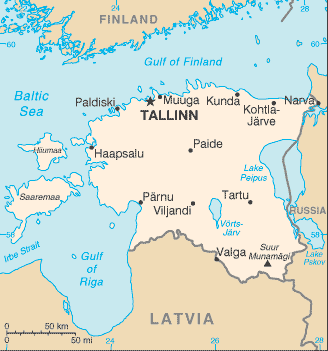 |
Estonia
was first settled in 2,000 B.C. by a people closely related to the
Finno-Ugrian language family. Estonia would be an independent
nation until the 13th century A.D. In 1193 the Pope called for a
crusade against the Baltics and the country was overrun by Danish and
German knights by 1220. The situation oscillated many times until the
Swedish kingdom took control of the majority of the country in 1561.
Their rule lasted until 1710 when Estonia was given over to the Russian
empire after Sweden lost to Russia in the Russo-Swedish War. Russia
would rule the country until 1918 when Estonia regained it's
independence during the Russian Revolution. Freedom lasted until 1940 when the country was taken by the Soviet Union under the Molotov-Ribbentrop Pact between Hitler's Germany and Stalin's Soviet Union. In the course of the war, Estonia fell under the occupation of Germany for three years. In 1944 Stalin retook the country, and it became part of the Soviet Union for the next fifty years. Estonia would not see independence again until 1991, the year the Soviet Union collapsed and the Cold War ended. Since the reestablishment of independence the nation has been rapidly transforming and adapting to the modern world. Today Estonia boasts the most successful economy of the former Soviet Baltic region. |
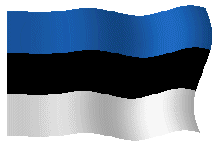  |
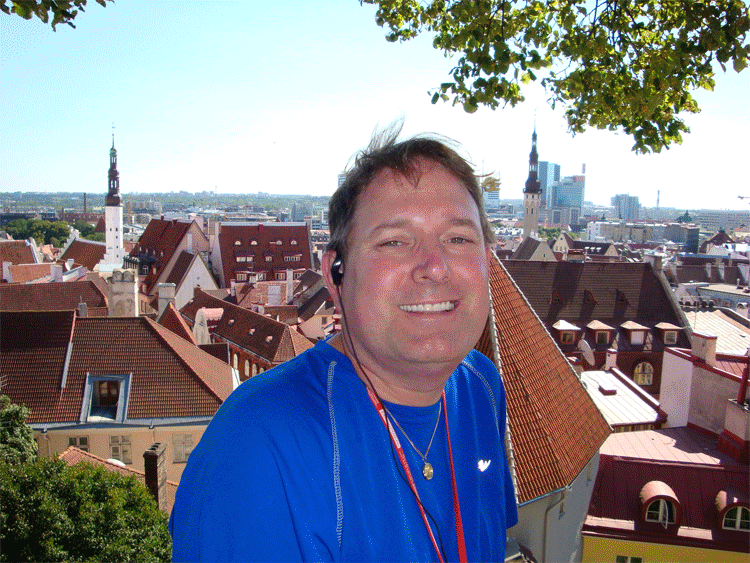
Tallinn 2008
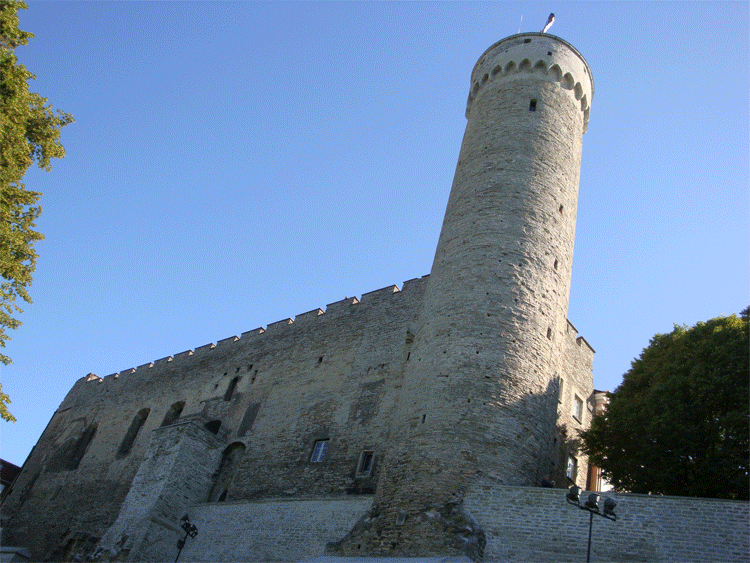
Tallinn's upper City
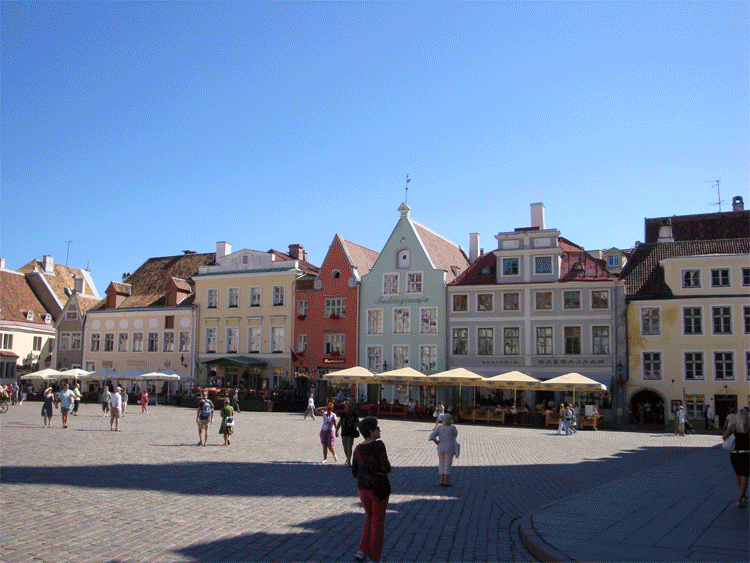
Tallinn's Lower City


